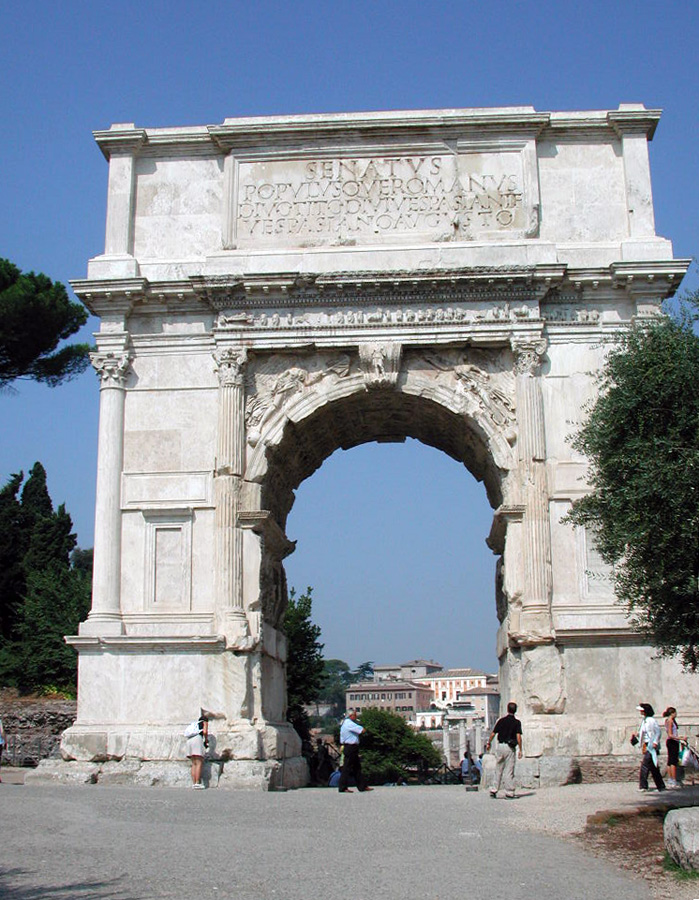
At the other end of the Forum, toward the Colosseum, the arch of Titus (1st Cent BC)
Italy 2001
Rome
The Arch of Titus
 |
At the other end of the Forum, toward the Colosseum, the arch of Titus (1st Cent BC) |
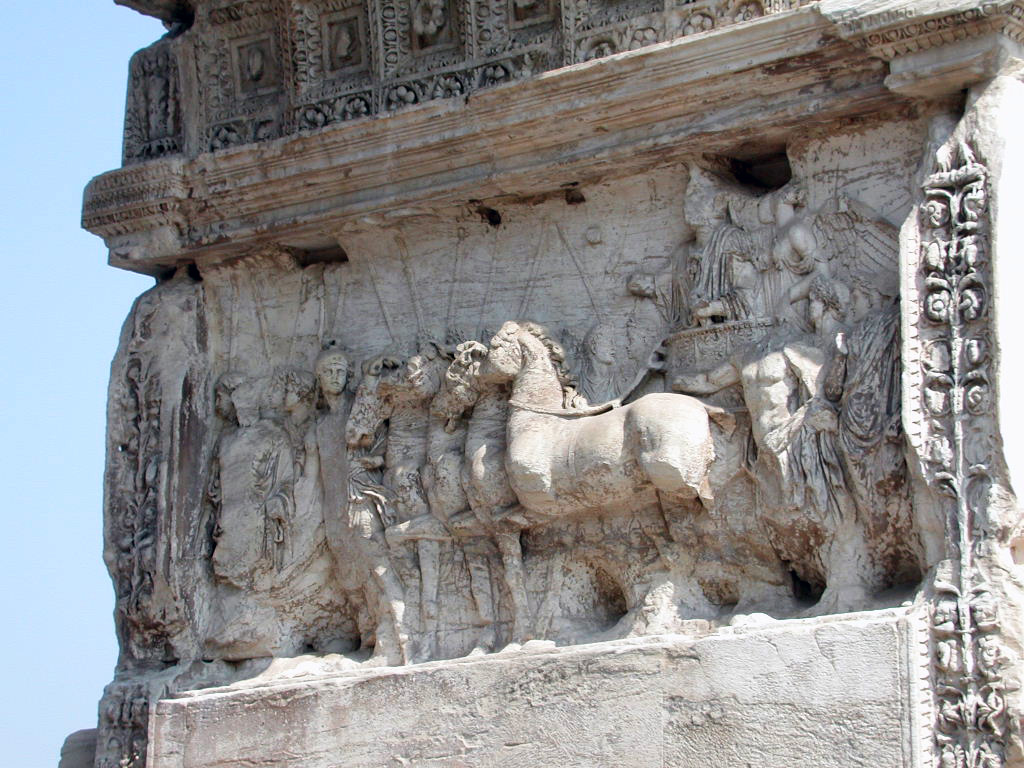 |
This arch reads: The Roman Senate & People of Rome to the divine Titus Vespasiano, son of Vespasian |
Basilica of Maxentius and Constantine
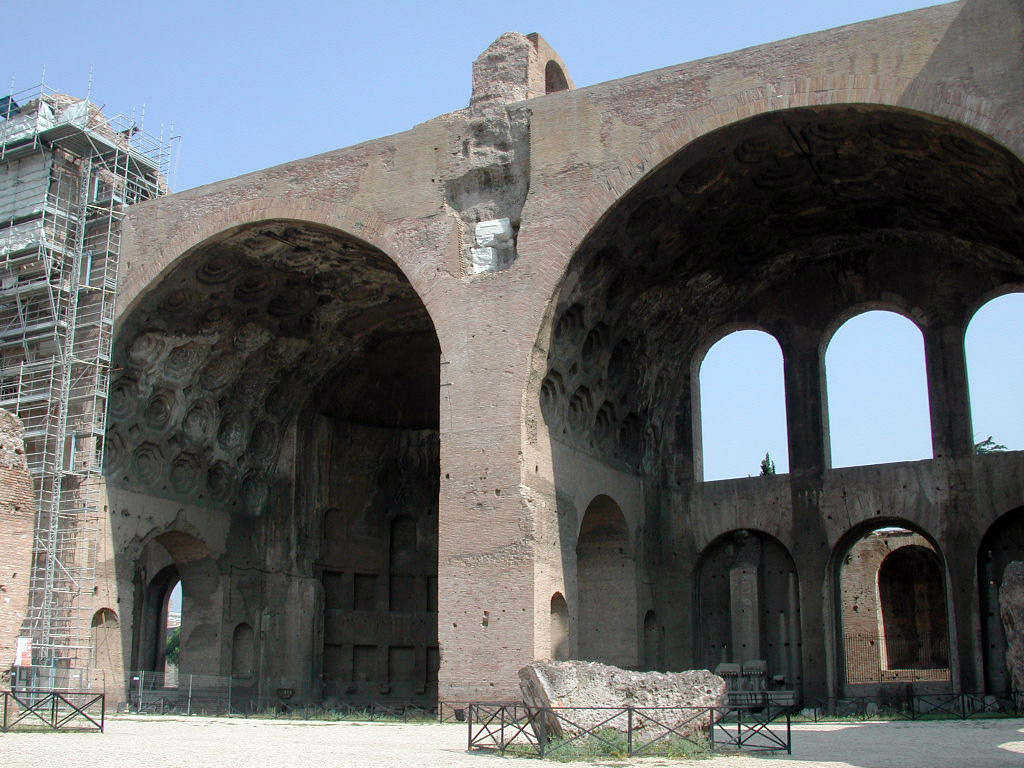 |
The final major expansion of the Forum Romanum (AD 312) and these concrete vaults are all that remain - less accessible now than in 2001 |
The Arch of Constantine
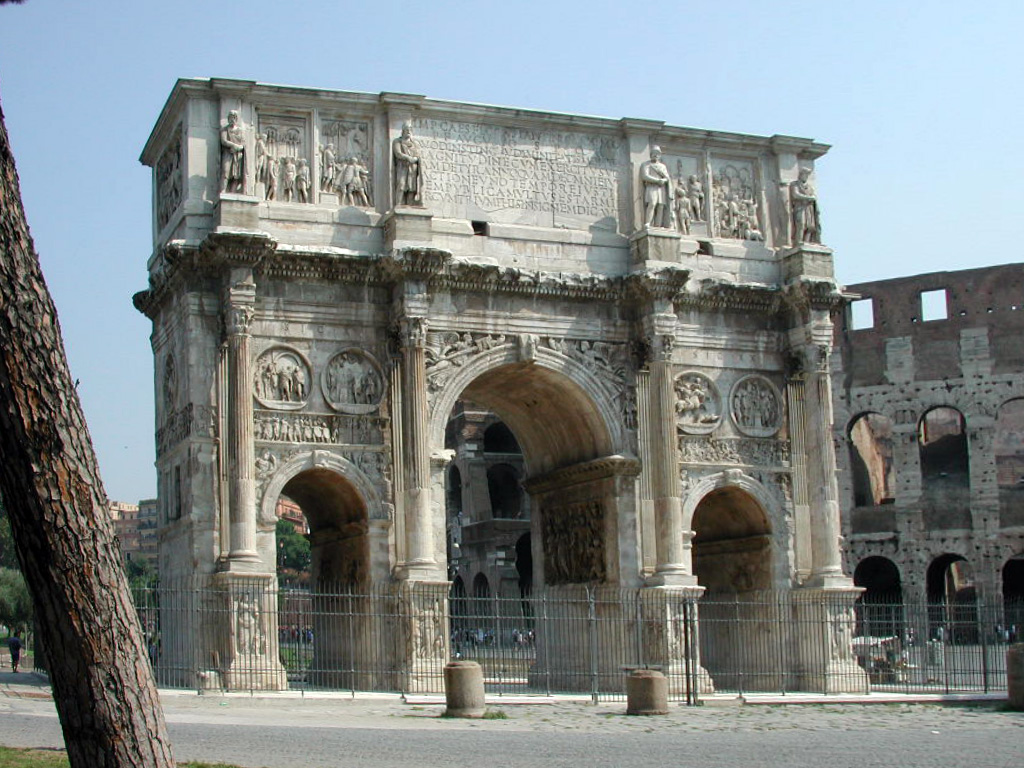 |
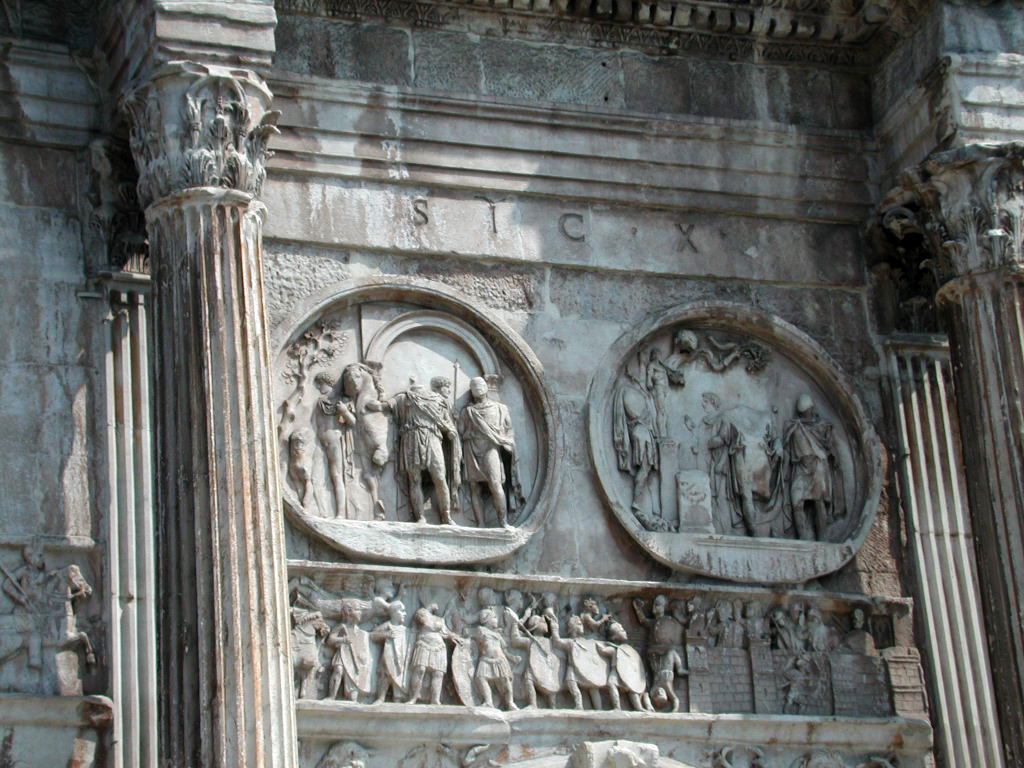 |
The arch of Constantine, directly next to the Colosseum |
The Colosseum
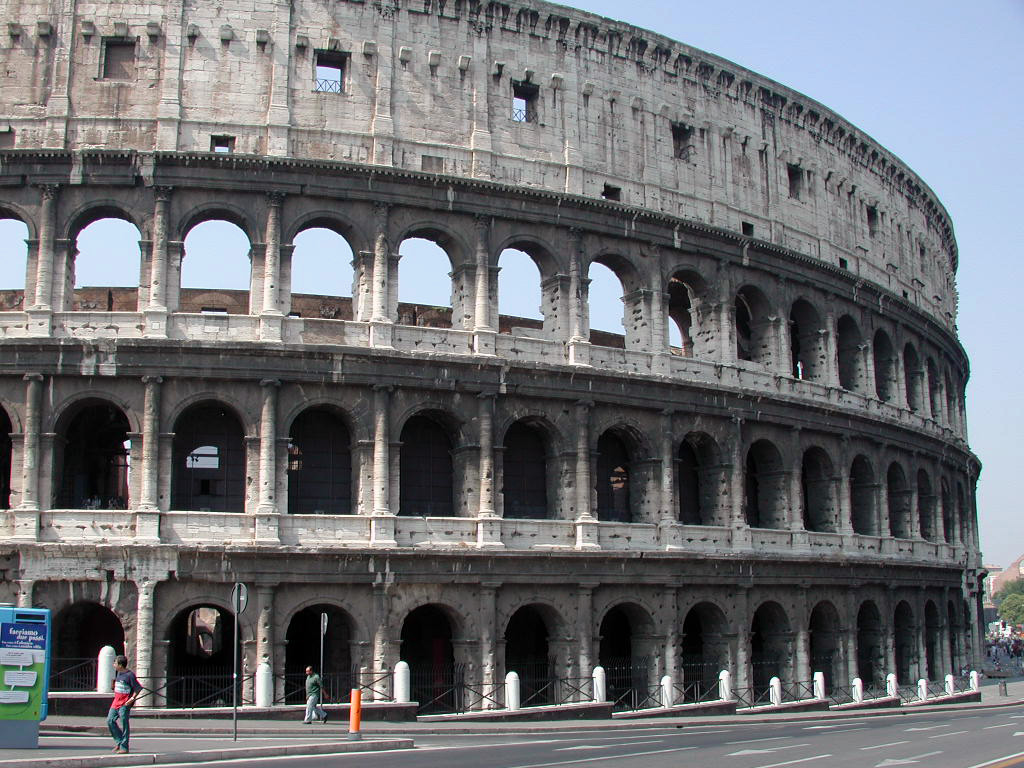 |
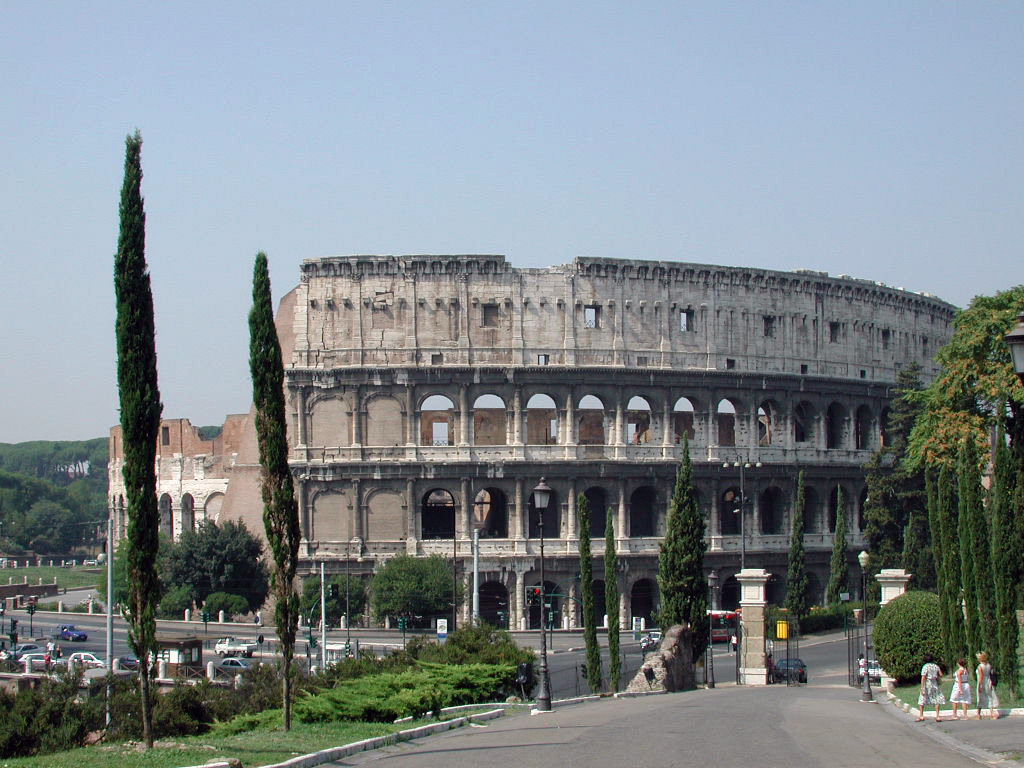 |
The one and only Colosseum, the largest arena in the Roman Empire |
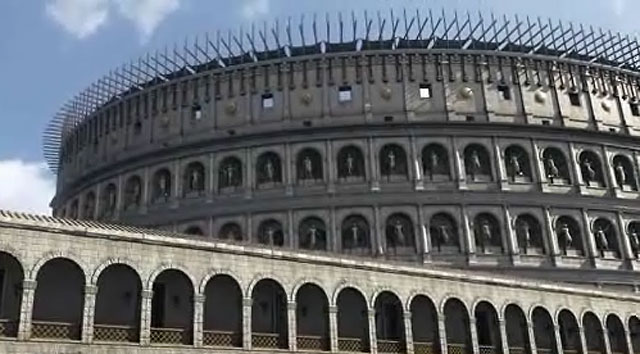 |
At the time it was built there was a statue in each opening, and it was clad in white marble. The masts on the top would allow large canvas sheets to be extended to provide shade |
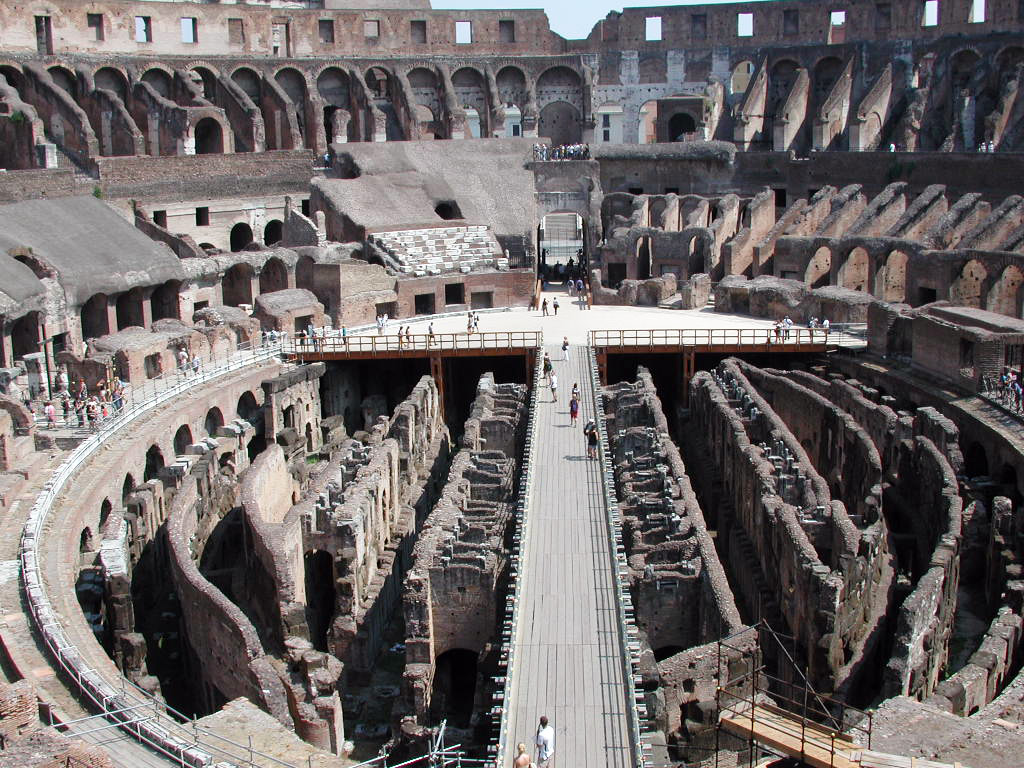 |
An immense and lonely place to fight or to be slaughtered in front of 10s of thousands, partying and screaming for blood |
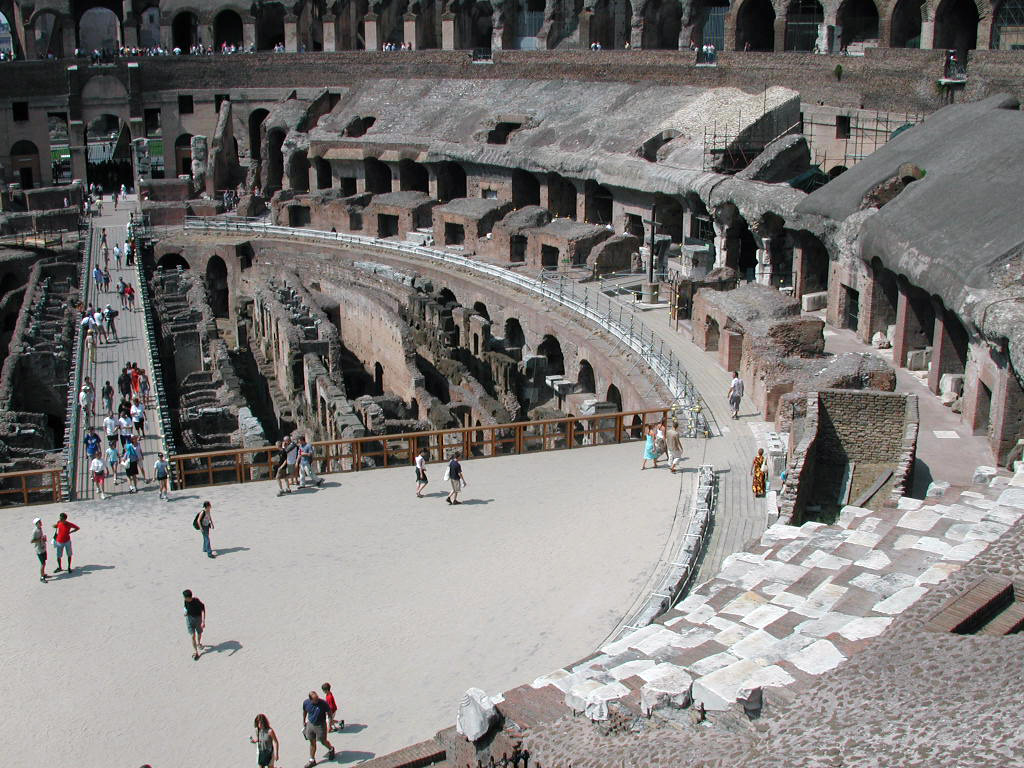 |
The partial floor would cover the entire arena. Below the places for gladiators, other fighters, slaves, and wild animals, all for the entertainment of the citizens of the greatest empire of antiquity ever. The white patches are what is left of the white marlble that once covered the entire Colosseum, inside and out, but had been taken (quarried) on order of the Vatican to build St. Peter's Cathedral. |
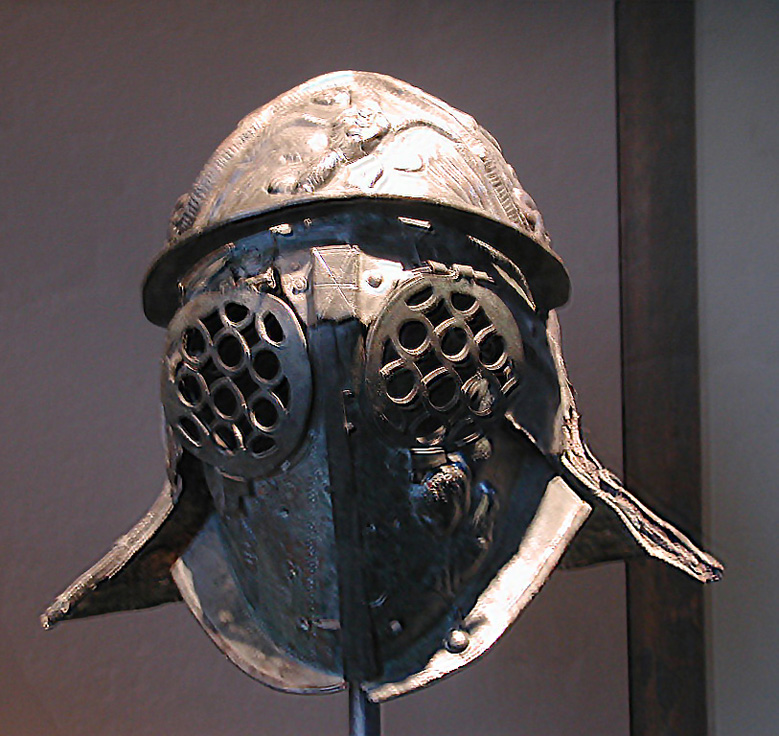 |
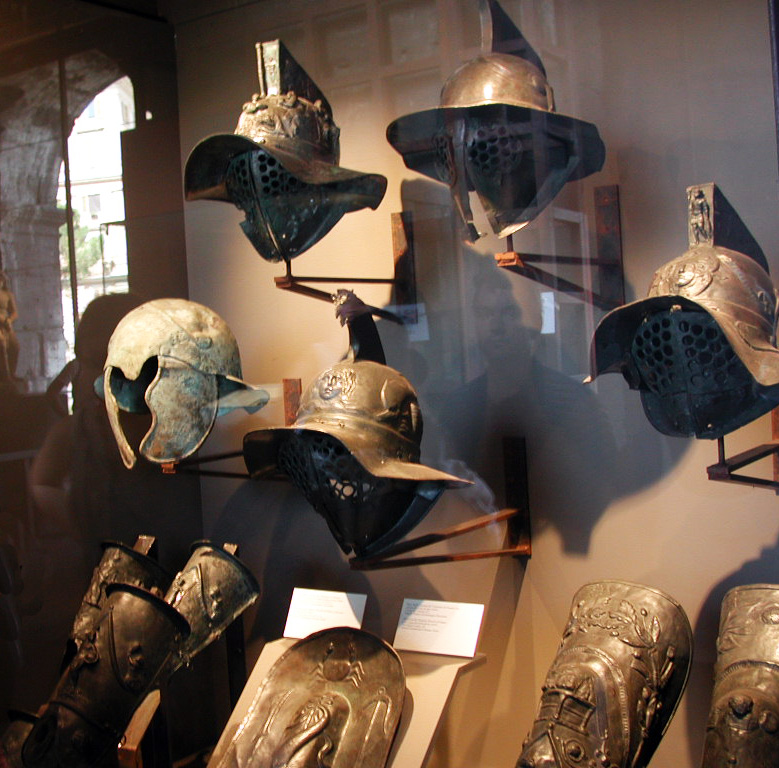 |
Some of the tools of the Gladiator's death cult on display |
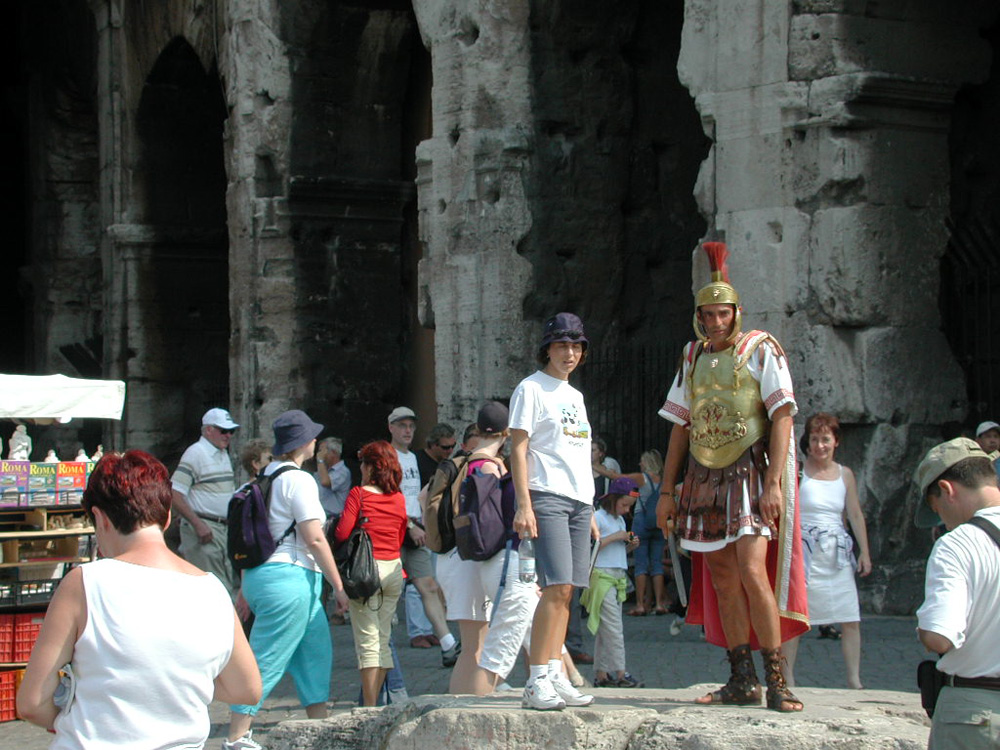 |
And now the glory of Rome has come to this |
Spanish Steps
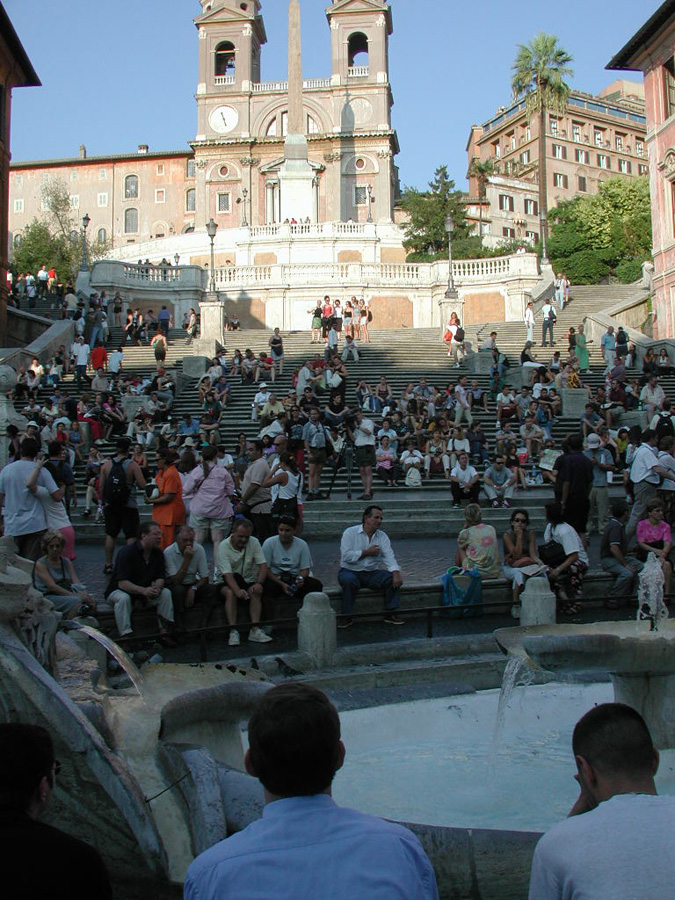 |
The popular Spanish Steps, going from Piazza di Spagna to Piazza Tinita dei Monti (AD 1725) where one can see one of the many Egyptian Obelisks that had been brought to Rome |
The Pantheon
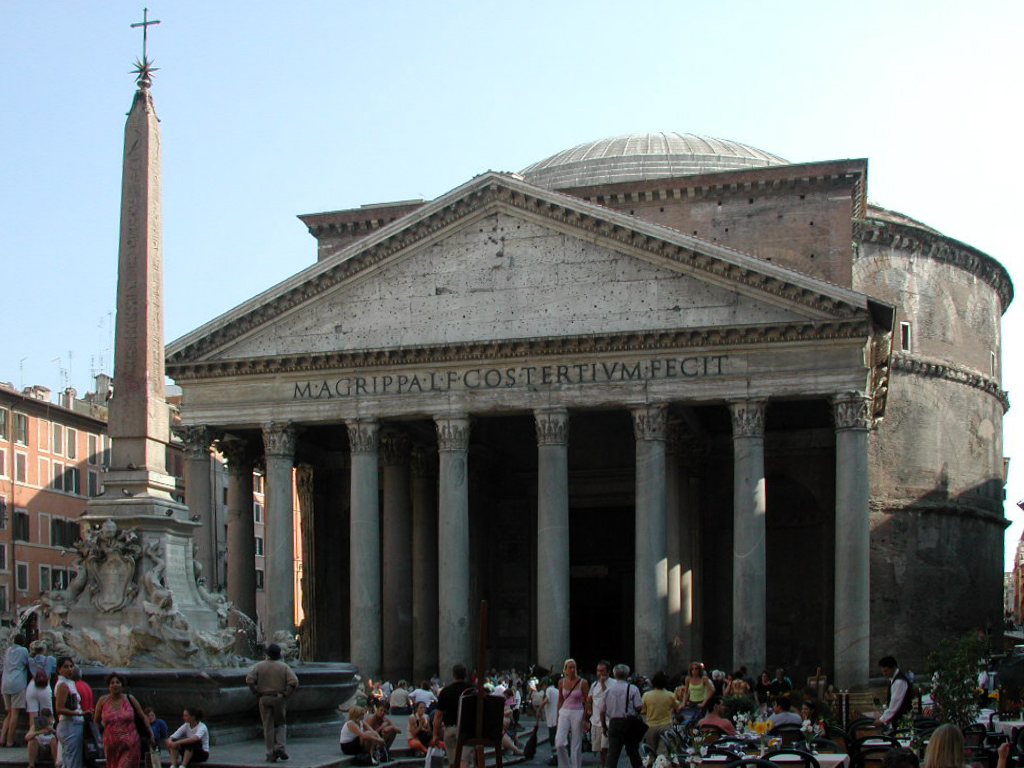 |
In front, an Egyptian Obelisk, one of a dozen brought back by various Emperors as trophies of war from Ptolemic Egypt |
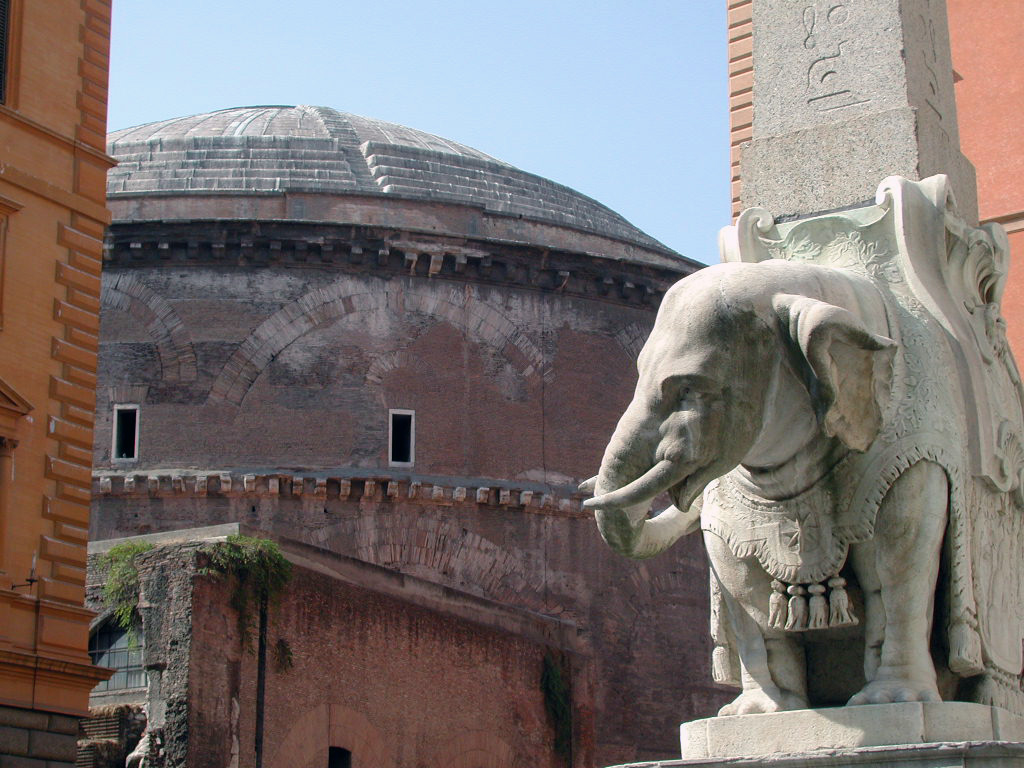 |
In back, another Egyptian Obelisk, supported by a beautifully carved elephant |
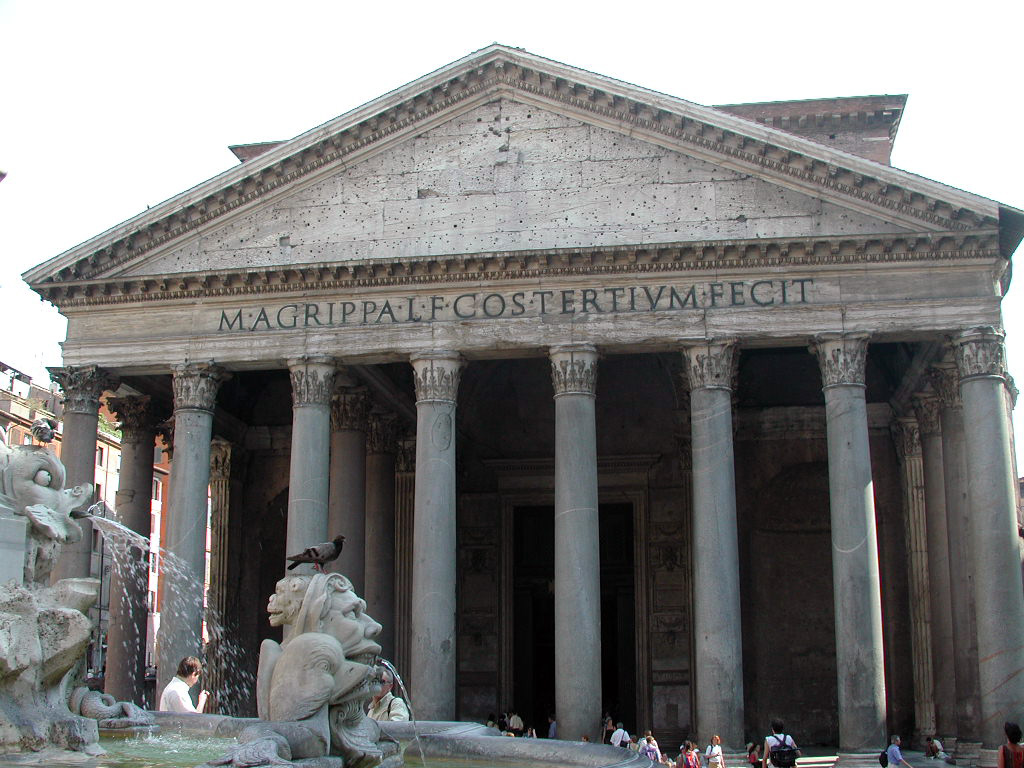 |
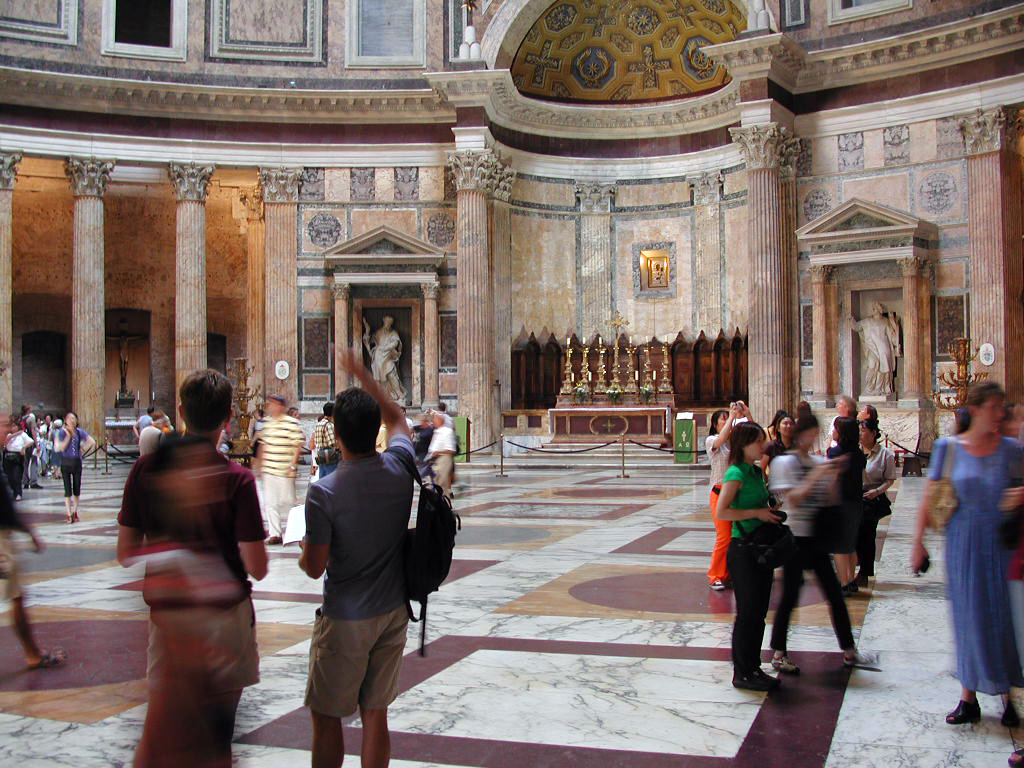 |
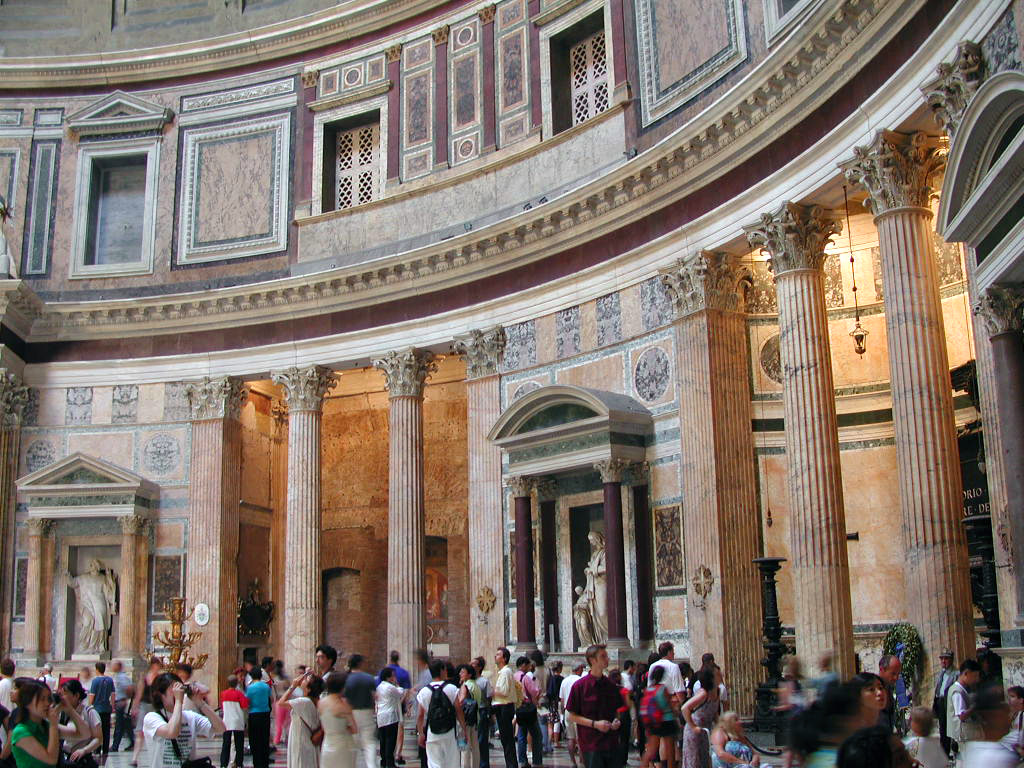 |
The fantastic Pantheon (126 AD) with its Corinthian granite columns |
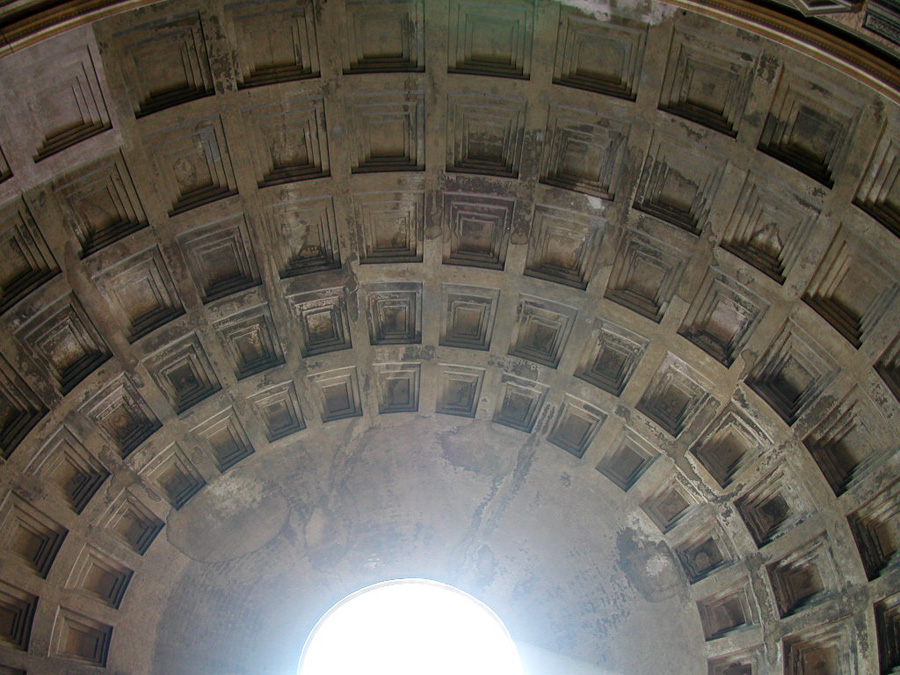 |
The Pantheon was an architectural marvel, because it was, dome and all, built with concrete |
Trevi Fountain
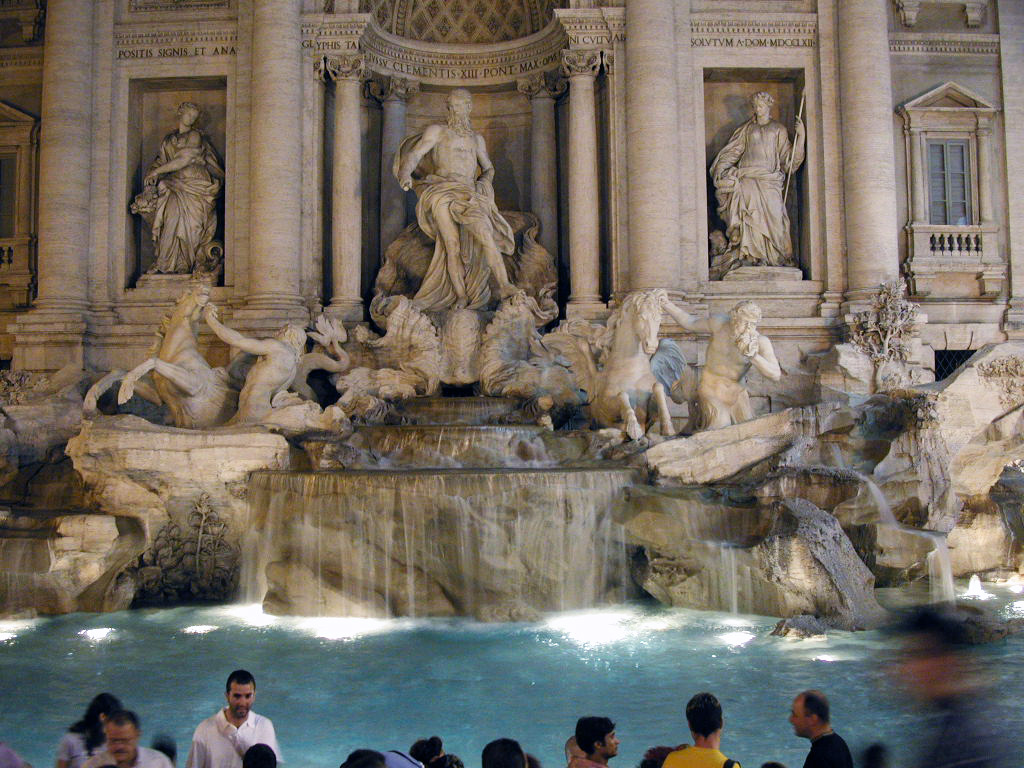 |
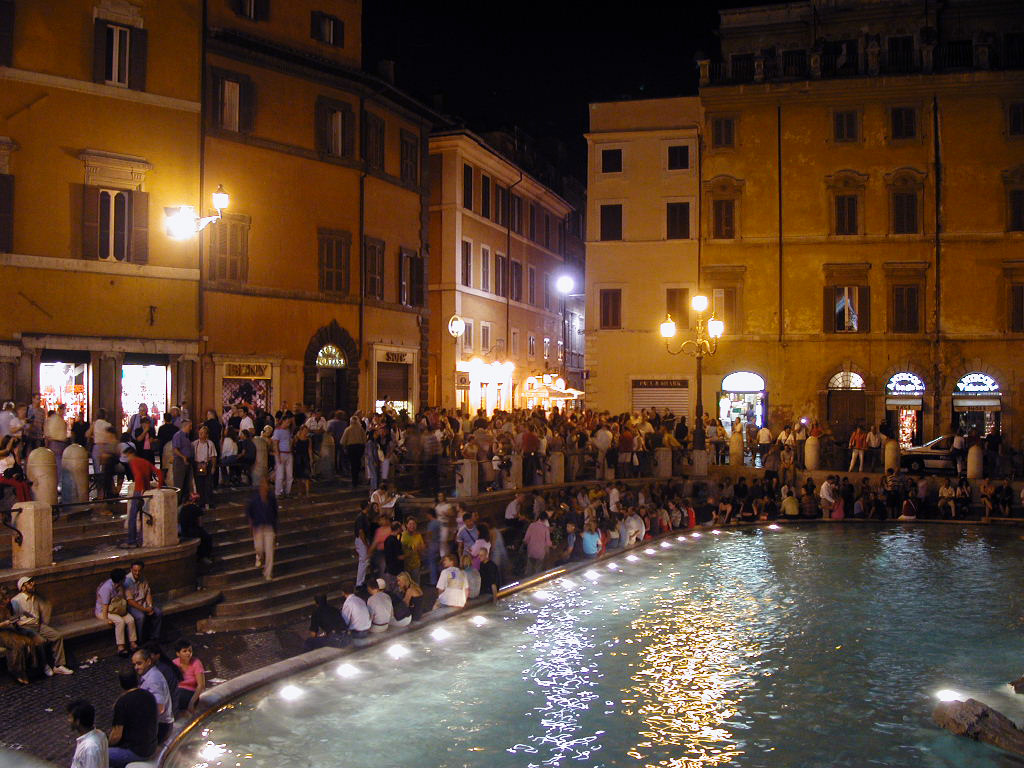 |
For those old enough to remember 'La Dolce Vita' and the fountain where Anita Eckberg got scandalously wet. Romans and foreigners go there to toss a coin for good luck, still. The Trevi Fountain is considered the most beautiful Baroque fountain in the world (AD 1732). |
Castel Sant' Angelo
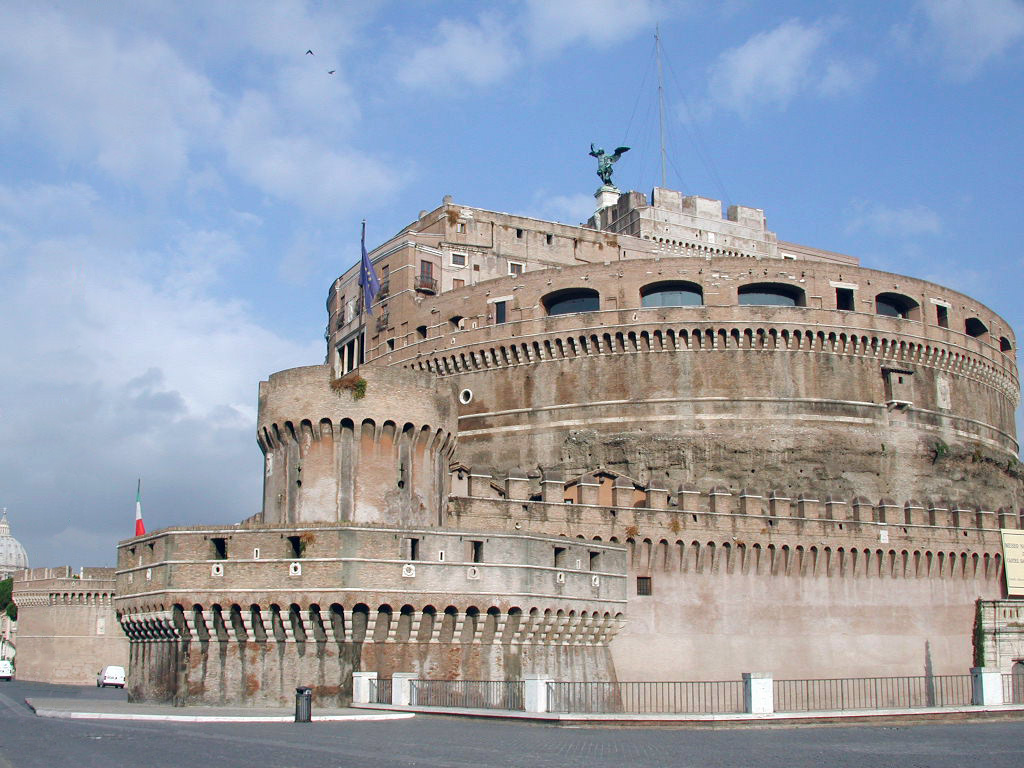 |
Sant' Angelo's Castle, used as a refuge by some Popes. Originally built by the Romans as Emperor Hadrian's Mausoleum (ca. 200 AD) |
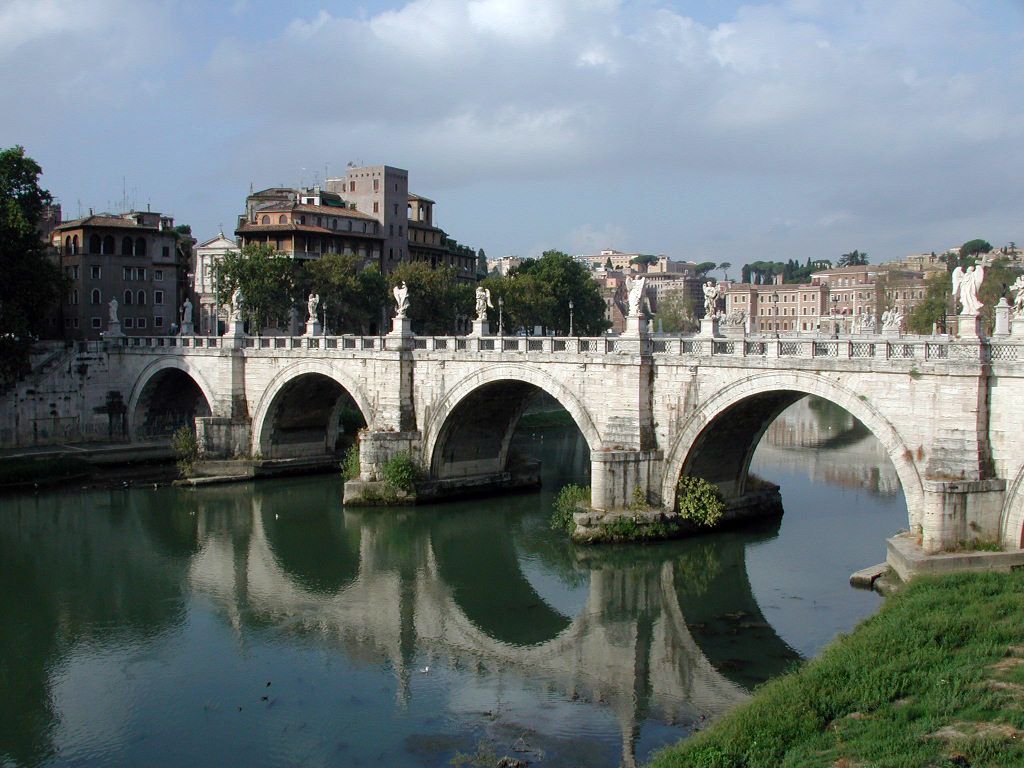 |
The best known and most ornate bridge across the River Tiber, right next to Sant' Angelo's Castle |